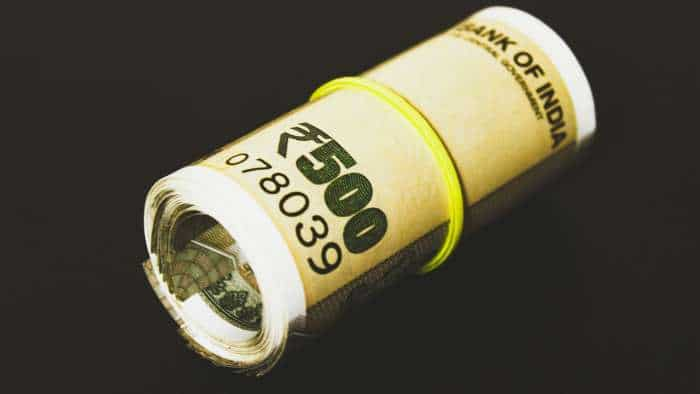India's household debts surge on back of housing loans, rising trend of unsecured lending
Amid concerns about India's rising household debts, a recent report by Care Edge Ratings highlighted that the increase in household debt is primarily driven by a surge in housing loans, which constitute over 50 per cent of retail loans.
)
Amid concerns about India's rising household debts, a recent report by Care Edge Ratings highlighted that the increase in household debt is primarily driven by a surge in housing loans, which constitute over 50 per cent of retail loans. As per the report, as of FY23, India's household debt has reached 38 per cent of GDP, reflecting a growing trend in household leverage.
Although the report noted that this figure is lower than the peak of 39.2 per cent in FY21, it still remains significant, especially when compared to emerging economies like Brazil (35 per cent) and South Africa (34 per cent).
The report highlighted a notable rise in unsecured loans, including credit card debts but the increase in household debt is primarily driven by a surge in housing loans.
"While unsecured loans have seen a significant recent increase and require close monitoring, housing loans, which constitute more than 50 per cent of retail loans, have remained the primary driver of household leverage," said the report.
However, the report also highlighted that it has not impacted the overall gross household savings, it remained stable at around 24 per cent of GDP. The saving pattern shifted from bank deposits to physical assets, particularly in real estate. This trend reflects a growing preference for homeownership and investment-driven demand for housing, which has so far been non-inflationary and non-speculative.
The report noted that the household debt is linked to real estate, such as homes and properties and it is driven by investment rather than spending, which makes it more productive compared to debt used for personal consumption.
In fact, the report highlighted that when households invest in real estate, it can boost public infrastructure efforts, creating a stronger positive impact on the entire economy.
The report stated that while the current levels of household debt are manageable compared to peer economies, the rising trend in unsecured lending and household leverage necessitates close monitoring. It also stated that a sustained rise in household income is crucial for supporting household savings and for keeping household leverage under control.
Get Latest Business News, Stock Market Updates and Videos; Check your tax outgo through Income Tax Calculator and save money through our Personal Finance coverage. Check Business Breaking News Live on Zee Business Twitter and Facebook. Subscribe on YouTube.
RECOMMENDED STORIES

Power of Compounding: How long it will take to build Rs 5 crore corpus with Rs 5,000, Rs 10,000 and Rs 15,000 monthly investments?

Highest FD rates: Here's what SBI, PNB, Canara Bank and other banks are giving on Rs 5 lakh investment in 1-year, 3-year and 5-year investments

Small SIP, Big Impact: Rs 1,111 monthly SIP for 40 years, Rs 11,111 for 20 years or Rs 22,222 for 10 years, which do you think works best?
04:37 PM IST








 Unchecked explosion in retail F&O play can create problems for household finances: Finance Minister
Unchecked explosion in retail F&O play can create problems for household finances: Finance Minister Big setback! Consumer confidence drops sharply in Sept: Survey
Big setback! Consumer confidence drops sharply in Sept: Survey RBI launches inflation expectations survey in 18 cities
RBI launches inflation expectations survey in 18 cities